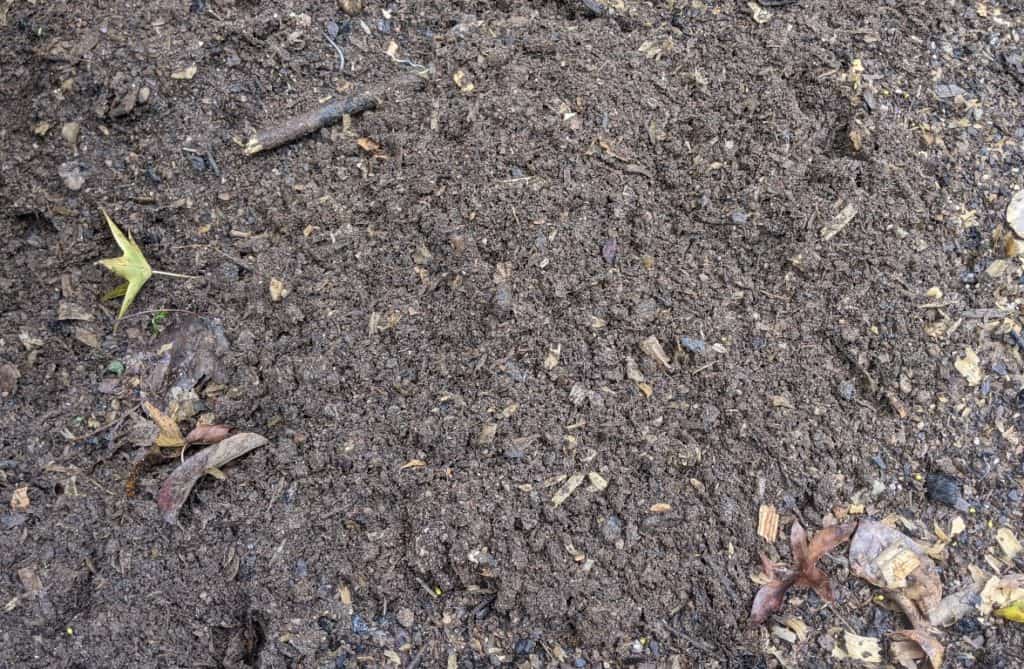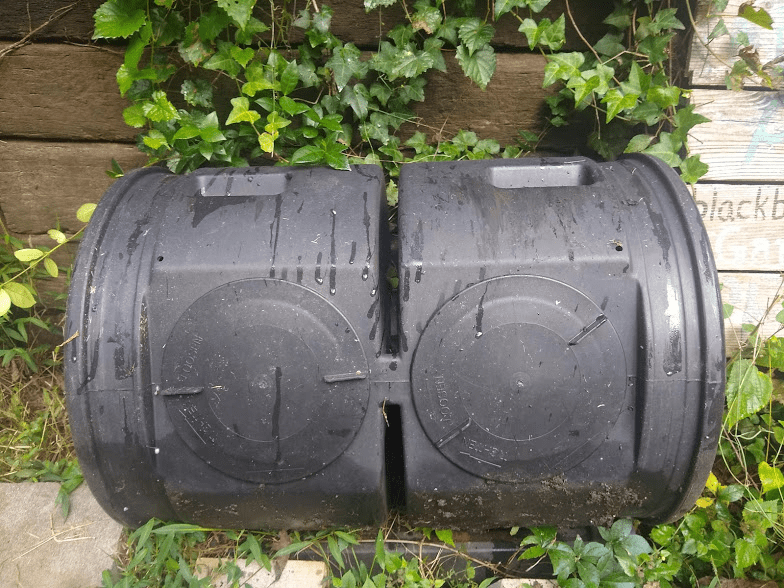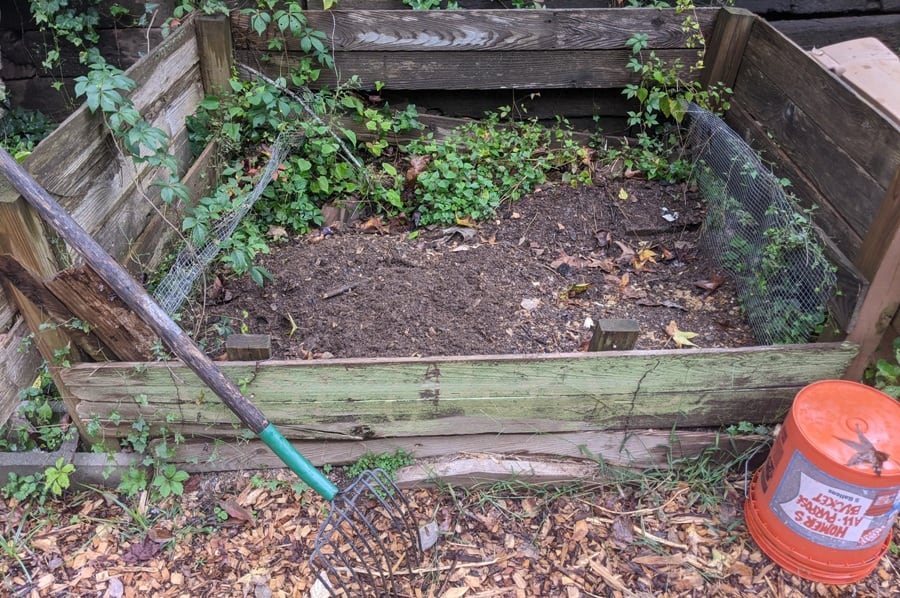Gardening is an outdoor activity that many of us love, and for those of us, there is nothing better than getting close to nature and working with the earth in our hands.
Compost is so essential to your soil, and because we want the best for our gardens, this can get to be a rather expensive component. Why not make your own compost instead and you will save money. If you are starting out making compost, you may wonder how often the compost needs to be turned.
It turns out that the recommended time for turning compost is 4-5 weeks. However, if you want your compost process to move quicker, 2-4 weeks would be fine too. You want to achieve maximum bacterial activity, so you need to wait at least 14 days for the center of the pile to heat up before turning.
Once your compost is ready, you can mix it in with different types of soil for fertilization. Compost not only enriches your soil but also extends it, and it makes the soil much easier to work with. It is also a fantastic way to recycle your garden and kitchen waste and to save money.

Benefits of Turning Your Compost Pile
Apart from the bacteria that is required to make the compost, there are other beneficial reasons why you should turn your compost as per the recommended time. Let’s have a look at some of these benefits;
Odor Prevention – Every time you turn your compost pile, you are eliminating odors caused by decomposing leaves and other plant and kitchen waste.
Helps Control Humidity – Too much humidity causes the pockets inside the compost pile to fill with water. Turning it helps to fill these pockets with air, which is essential to the composting process.
Faster Process Time – By turning the compost, it allows the pile to stay in an aerobic state. This helps to heat the pile, which speeds up the composting process.
More H2O – Oxygen aids the pile to break down faster. Turning it aerates the compost pile, therefore allowing the oxygen to get to the organisms.
Helps To Prevent Matting – Matting clogs the airways and air pockets, preventing the oxygen from getting inside the pile. This results in a slimy pile of decomposing mush that smells rotten. Turning the pile enables the oxygen to enter more easily and thus prevents matting.
Redistributes heat- This makes the pile’s temperature more even.
Able to see if it’s working- By allowing the decomposition to happen in real-time, you can gauge whether it’s working or if more nitrogen needs to be added.
Can You Make Compost Without Turning The Pile?
If you want to achieve a compost of good quality, turning the compost pile is very important for the composting process. This process can not happen without bacteria, which forms when you are turning the pile.
There Are Two Types Of Composting Bacteria:
Anaerobes – This type of bacteria does not need oxygen to work.
Aerobes – This bacteria needs oxygen to work.
If you are using a compost tumbler, there needs to be aerobic bacteria present. A sealed container requires anaerobic bacteria. The most common home method is to create compost piles or use a tumbler, so you will need to instigate aerobic micro-organisms.
How Do You Make Compost?
There are various wet and dry organic materials that can be used to make compost. such as:
Dry Compost
- Leaves
- Twigs (preferably shredded)
- Straw
- Sawdust pellets
- Wood ashes
- Shredded paper
- Wood chips
- Pine needles
Wet Compost
- Seaweed
- Fruit and vegetable skins
- Teabags
- Green manures (wheatgrass, cut grass, buckwheat)
- Coffee beans
- Eggshells
You Also Need
- A plastic sheet for covering your compost pile
- Pitchfork or compost tumbler (for turning the compost pile)
You can go the old-school traditional route and use a pitchfork garden fork for turning. This method requires you to turn your compost pile quite often.
Then there is the compost tumbler. These are equipped with a handle, so turning your compost pile is rather quick and easy.
Method For Making Compost
- Lay the straw and twigs down first to create a good drainage system. To allow worms and any other beneficial organisms to access the compost pile, start directly on the bare ground.
- Next, you will add your organic materials, one layer wet, one layer dry.
- Add the green manures.
- Cover your compost pile with a plastic sheet. This helps to keep in the heat and moisture and protects it from too much water when it rains.
- Turn your compost pile every 2- 3 weeks.
There needs to be a balanced ratio of 3 parts brown ingredients (paper shreds, wood chips, dried leaves, peat moss) to 1 part green ingredients (kitchen waste, cut grass, leaves)
The brown ingredients are a source of carbon, whereas the green ingredients are a source of nitrogen. The carbon levels should always be higher than the carbon level.
Carbon is responsible for giving the compost pile a light, bulk body and provides oxygen and nutrients to the living organisms in the compost pile.
Nitrogen is essential to produce enzymes, which is vital for the composting process to work.
Helpful Composting Tips
- Sprinkle some water after each level as you go along to keep your compost pile moistened.
- When you want to add more materials, don’t add them in new levels. Mix them into the pile
- If you add straw to your compost, you don’t need to turn it as often because the straw aerates the pile by itself.
- Adding calcium or lime to your compost pile helps to reduce bad odors that are emitted during the composting process.
- Adding garden soil to your compost pile will allow the micro-organisms that are present in the soil to speed up the process of composting.
- You will know when it is time to turn your pile when it reduces one third in size or if the temperature drops below 100 degrees Fahrenheit.
- If you want even faster results, you can add a compost activator. This will assist all the materials in the pile to produce a crumbly, rich, and dark compost in almost half the time, compared to a compost pile without an activator.
- You can speed up the composting process by shredding and chopping your organic materials.
- The recommended pile size is about 3-5 feet in height, width, and length. If it is too big, aerating becomes difficult, and if it is too small, it won’t be able to keep the high temperatures consistent.

How Do You Contain Your Compost Pile?
There are many ways to contain your compost pile, depending on your area space. Let’s have a look at some of our options;
- A Compost Tumbler – if you have limited space, a compost tumbler will be perfect to use. It is also very easy and simple to use because all you need to do is turn it by its handle.
- A Wooden Box/Bin – a great choice if you want to build exactly the right size container to fit on the area you are working.
- Pallets – pack your pallets upright next to each other, and using rope or cable ties, tie the pallets together. The bigger you want your compost pile, the more pallets you will need to add.
- Chicken mesh/Wire – these can be bought in rolls, so make sure the length of your mesh is long enough to make a container that is big enough to hold your compost pile together.
Which Materials Should Not be Added To Your Compost Pile?
- Black walnut leaves – they are toxic
- Diseased plant – due to the risk of spreading these diseases to your compost, which could infect your garden crops.
- Perennial Weeds – can cause weeds to start growing where you have spread your compost.
- Pet Manures – especially if you are using your compost in soil-containing food crops.
- Animal Products – such as meat, fish skin and scraps and bones as these could attract pests
- Fruit Scraps – such as orange rinds, banana peels, peach skins, and apple skins. These can attract pesticides that are harmful to a garden. If you have washed them they should be ok.
- Dirty Sawdust – if the sawdust is covered with machine oil residue, it can cause the compost to damage your plants. Clean sawdust can be added in thin layers, as thick layers could cause clumping.
In Conclusion
As you now know, there are quite a few factors that contribute to producing rich and nourishing compost for your soil. And even though you can make compost without turning it, the benefits of doing so produce compost of much higher quality, and it helps the process go quicker.
You don’t need to be a professional agriculturalist to create the perfect compost for your garden. All you need to do is recycle your garden and kitchen waste and follow the step-by-step recipe I have shared with you today.
This is a fun and environmentally friendly way to improve your garden. Composting statistics show use that more people are composting every year.
Let’s get our hands dirty and begin!

